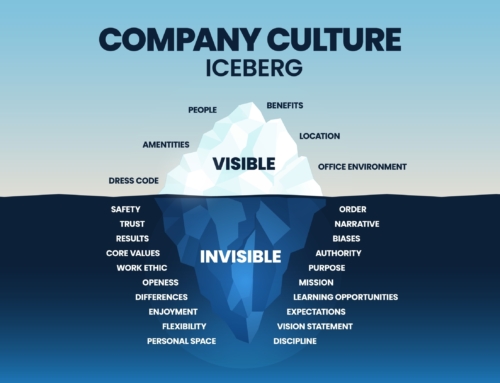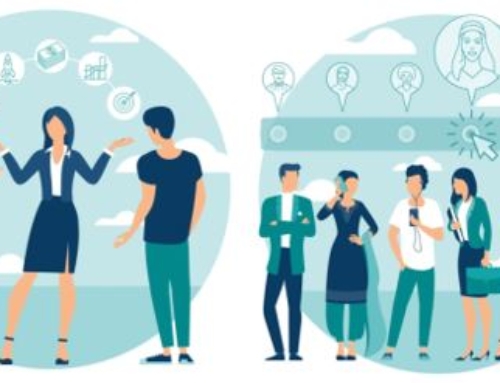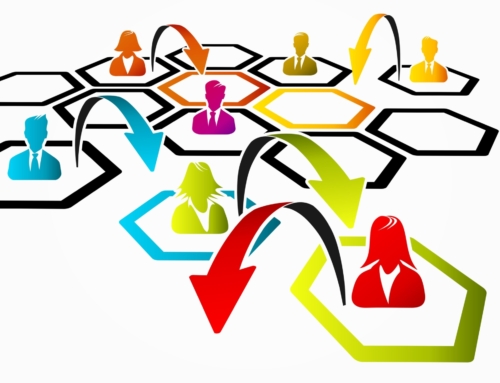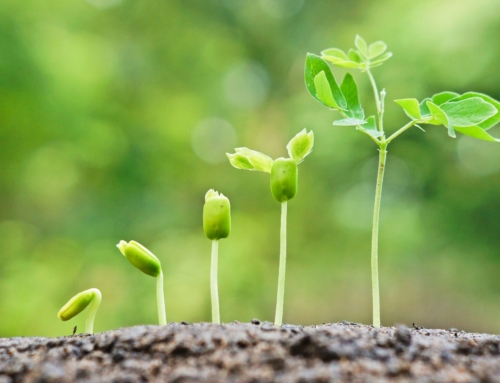There was a time when I knew every single person that I was connected to on LinkedIn personally. I still know about 80% or more. As an experienced coach and the daughter of a master networker, I fully understand and actively promote the importance of connecting and networking. I was raised on the concept and when LinkedIn came along and I started to understand the power of it, I thought it was the greatest thing ever in social media. I still do. And no, no one at LinkedIn is paying me to say this!
Every week I have multiple conversations about networking. Inevitably this includes talking about LinkedIn and the tremendous tool that it is. It enables you to connect to many people, to reconnect with people, to follow experts, to follow organisations, to read many interesting articles relating to your profession and the things you are interested in, to know who is connected to whom and to which organisations and to create a mental picture of your network and your extended network in a way that was not possible in the past.
Back in the 90’s, when I started my working life, if you were interested in working at or connecting with an organisation and you wanted to know who in your network had a connection to it or worked there, unless you were lucky enough to know someone there, it took a lengthy series of phone calls and meetings to make that discovery and even then, it might not happen. Today, all it takes is some research on LinkedIn – type in the name of the organisation and it will show you who in your 1st and 2nd degree network is or was connected to that organisation. It is such an incredible tool during any sort of job search that it still blows my mind after all these years. I use LinkedIn myself on a daily basis to connect, read and comment on interesting articles, regularly publish articles on career related topics, message people I know for advice, set up meetings, share articles I find interesting and also research organisations I am being asked about. LinkedIn also means I haven’t needed a website because my profile is where I initially direct people who are interested in working with me as their coach and how people find me or look me up before the contact me.
So how can you use LinkedIn to develop your connections and to help you extend your network if you are working or to start a job search or create more momentum in your job search?
Here are my Top Tips:
Have a great profile including a photo that looks professional.
I always suggest doing an audit of your own network to see what the people you admire have done in their profiles in terms of photos, ‘About me’ statement and what image they create through their LinkedIn profile. You don’t want to replicate that but you do want to get inspiration. Aim to have an all-star profile.
Know your brand.
What are your key messages and are they clearly communicated through your LinkedIn profile? If you don’t know what your career brand is, how will anyone else? You need to know your point of difference. I recently had a long conversation with a senior client of mine about being able to clearly identify your point of difference in your industry. I know exactly what mine is. Do you know yours?
Be an active member of LinkedIn.
I recommend to all my clients that during their job search they are spending time being active on LinkedIn every day and I recommend that they continue the practice after they are in their new job as well. In recent meetings and conversations, I have discovered that some people don’t know how important this is. Being active means liking and commenting on articles and being an active member of the community – this lifts your profile in and is also an important part of genuine connecting. Are you doing this?
Don’t be weird!
Don’t spam, stalk or be creepy. Don’t look at lots of profiles but never connect. Please don’t connect and then sell – that includes trying to sell yourself as a potentially great employee to someone you don’t know and have no connection to at all. It’s just weird and makes people uncomfortable. I understand the power of social media BUT I think there are some basic rules of engagement. One of the most basic is not to connect with someone and then try to sell to them literally within the first 24 hours. I can tell you for sure that when you do that to me, you could be offering me the actual fountain of youth and I won’t buy it. Don’t be that person and don’t spam people with your resume or any type of message. It doesn’t work. LinkedIn is a community where you need to connect on genuine basis.
Give more than you take.
You can message people you are connected to and ask for their help – gaining market intelligence is a critical aspect of networking effectively in a job search (see some of my other articles for how to network) but be conscious of how you ask, be clear about what you are asking for (don’t ask an expert in their field to ‘pick their brains’ about something such as starting your own business which sounds like code for ‘I want all of your advice for free’) and ask for the minimum amount of time that’s reasonable (30 minutes). When you meet or talk, ensure you ask good, relevant questions and share with them the market intelligence you have gained – you do have something to give in this situation. Be gracious and respectful of people’s time.
Publish on LinkedIn and build your brand as an expert in your field.
It is super scary the first time you publish but actually very worthwhile. When I published my first article in early 2017, I thought no one would be interested in what I had to say. It turns out that people are quite interested and some of my articles really resonate and generate good conversations and reactions. I have not yet run out of ideas for articles either as I am constantly inspired by conversations I have each week with my coaching clients, books I read and great questions I get asked. Do you have expertise to share? If so, what’s stopping you from publishing on LinkedIn?
So, why do I love LinkedIn? I have a business and expertise that I want people to know about and LinkedIn is a wonderful vehicle for that. Much of the time I am actually talking to my clients about their profiles and how they can use LinkedIn for building their brand, connecting, research, reconnecting and reaching out well beyond the scope of their first-degree network. It’s also one of the best ways they can be found by recruiters, find high quality jobs, let people they’ve connected with find out about them prior to meetings or interviews and become much more visible in the job market and business world. It’s probably the one of most powerful tools available to them during their job search and ideally beyond that time as well, once they understand how powerful it can be
For me, daily accessing of LinkedIn is very important and I make time for it. I always find articles to read that are interesting and I connect with people every week. It’s part of my daily learning and reflecting time and one way I know what people are thinking and talking about. If you are not using LinkedIn effectively, now is the time to learn more about how to and to start making it a bigger part of your daily routine. It’s one of the easiest ways to become more visible. You may not be looking for a job today, but when you are in the future, you’ll be glad you took the time. If your job was made redundant tomorrow, could you reach out to at least 10 people you know well enough to meet for coffee, using LinkedIn? If the answer is no, you need to take another look at how you are using it.
About the Author

Sarah Felice is a professional coach, with expertise in the areas of career coaching, leadership coaching, career transition and talent management. Sarah is a valuable member of the team at Career Life Transitions.














Dr Susan Roberts says: